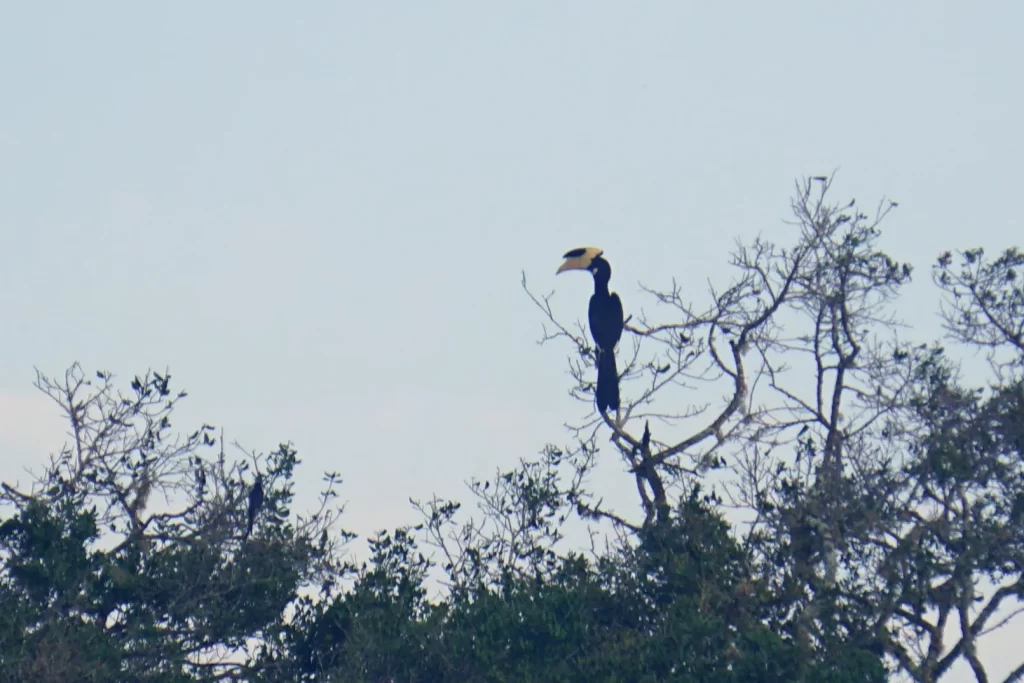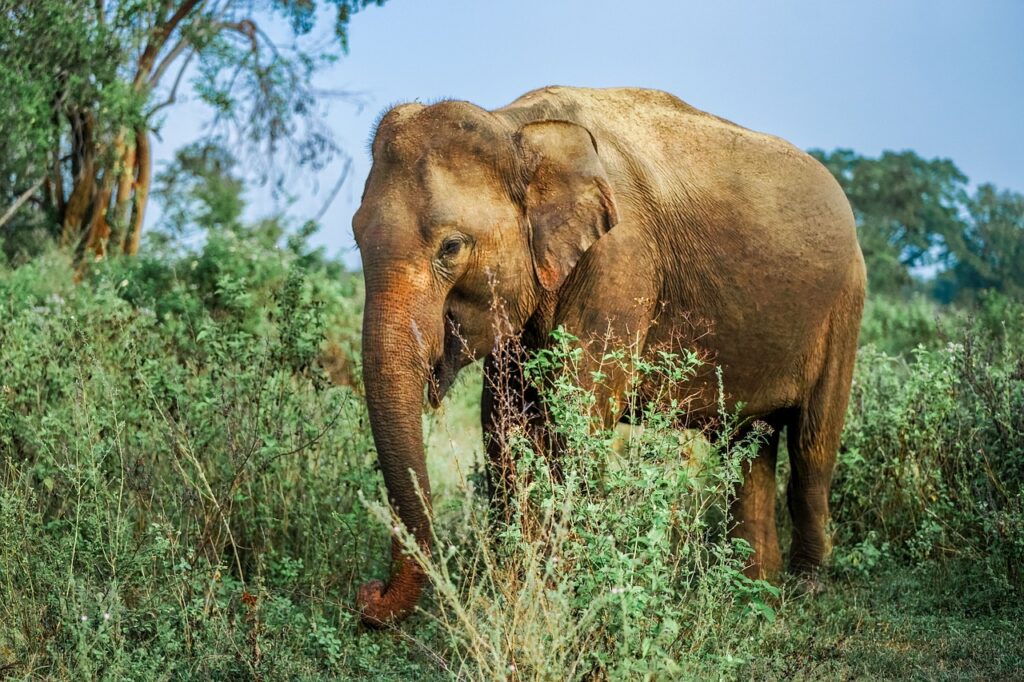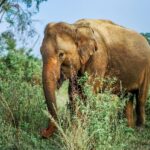Udawalawe National Park
Udawalawe National Park, situated 180 km from Colombo in the south-central region of Sri Lanka, stands as the sixth-largest animal sanctuary in the country. To access the park, visitors can enter through the gate located near the 11km post between Timbolketiya and Tanamanwila on the Pelmadulla-Timbolketiya A18 road.
The climate in Udawalawe National Park features a dry monsoon forest, with an annual rainfall of approximately 1520mm. The mean day and night temperatures hover around 29 and 24 degrees Celsius, respectively.
Nestled just south of the Central Highlands, the park boasts a captivating backdrop of escarpments. At its heart lies the Udawalawe Reservoir. Established in 1972 to safeguard the catchment area of Udawalawe Reservoir, the park spans 30,821 acres, resembling an African game park with thorny-shrub jungle and grasslands.
Wildlife in Udawalawe National Park is diverse, with prominent residents including herds of elephants, Water Buffalo, Wild boar, Spotted Deer, Sambur Deer, Jackal, Samber, Black-naped hare, mongooses, bandicoots, foxes, the endemic Toque Macaque, and Gray Langurs. The park also offers the chance to spot Leopards and smaller cats like the Fishing cat and Jungle cat.
Udawalawe is renowned as the best place in Sri Lanka to witness wild Asian Elephants consistently throughout the year, with approximately 500 elephants roaming in herds of up to 100. The park’s unique feature is the lack of seasonal variation in the elephant herds. The optimal times to visit are mornings and evenings, with late evening providing picturesque opportunities against the backdrop of stunning sunsets.
The birdlife in Udawalawe National Park is rich, offering excellent opportunities for birdwatching and photography. Raptors, endemic birds such as the Sri Lankan junglefowl, Sri Lanka spurfowl, Sri Lanka green pigeon, Sri Lanka grey hornbill, Sri Lanka woodshrike, and Sri Lanka swallow are among the avian residents. Migrant birds visit during the season from November to March.
Butterflies are attracted to the park’s satin trees, featuring species like Papilio crino, Delias eucharis, Euploea core, and various ‘Yellows and Whites’ Papilio polytes. In riverine forest areas, Graphium sarpedon butterflies are commonly found.
Reptiles, including crocodiles along the reservoir banks and water monitor lizards, add to the park’s biodiversity.
Within Udawalawe National Park lies the Elephant Transit Home (ETH), an orphanage established in 1995 by the Department of Wildlife Conservation. Home to over 40 orphaned elephants, ETH cares for calves and juveniles until they can be reintroduced to their natural habitat. The park authorities closely monitor the released elephants to ensure their successful adaptation to the wild. By 2008, at least sixty-five elephants had been successfully reintegrated into the jungle.






















